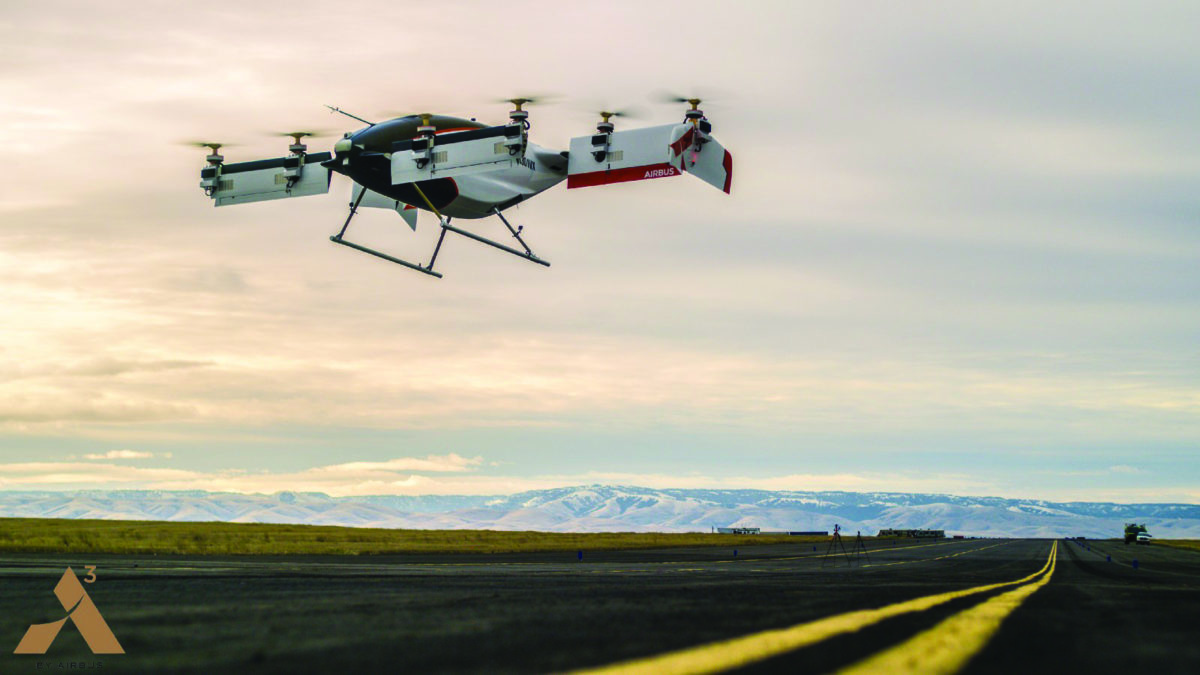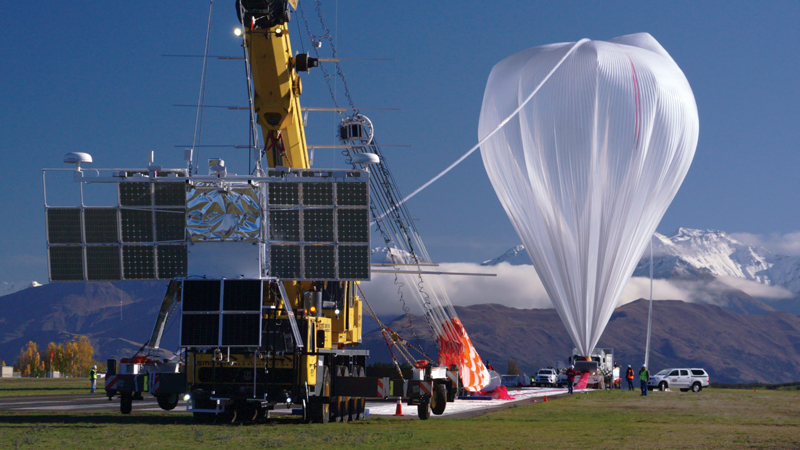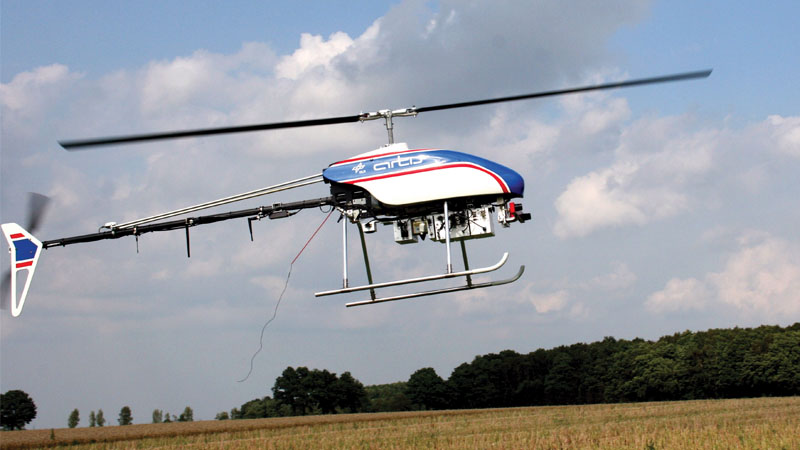The year of electric-powered lift
By Erasmo Piñero Jr.|December 2018
The V/STOL Aircraft Systems Technical Committee is working to advance research on vertical or short takeoff and landing aircraft.
For the better part of 2018, electric-powered flying machines drew the attention of trade publications, well-established aerospace companies, startups and the public at large.
At the second Uber Elevate summit in May, Uber again promoted the need for an electric-powered vertical or short takeoff and landing, or VSTOL, air taxi aircraft that would extend the reach of its ground-bound brethren. Although the concept of air taxis crisscrossing the skies of major world cities has been deemed the stuff of science fiction for years, such a perception may be coming to an end, according to engineers and scientists working on the issue.
This year NASA increased its involvement in “electrical” conventional takeoff and landing and electrical vertical takeoff and landing, or eVTOL, research with the introduction of its urban air mobility, or UAM, initiative in May. Under this program, NASA is providing research data from its own X-57 project to industry. In September, the agency announced it would host a series of UAM Grand Challenges to solicit solutions to “foundational UAM ecosystem-wide safety and integration barriers.”
Private industry tested other UAM concepts this year, including the 745-kilogram self-piloted eVTOL tilt-wing Airbus A3 Vahana, which completed its first flight in January, and the two-place/self-piloted Lift + Cruise Kitty Hawk Cora prototype, which flew for the first time in November 2017 (at Kitty Hawk’s testing facility in New Zealand). Details from their flight test programs remain closely guarded.
News from the electric-powered lift world could not eclipse stories of four Lockheed Martin F-35B Lightning II aircraft arriving in June at Royal Air Force base Marham in England. Their arrival, after a 6,400-kilometer transatlantic formation flight, allowed their participation in the 100th anniversary celebrations of the Royal Air Force a month later. Three F-35Bs performed a low-level flyby above the crowds celebrating in the British capital July 10. The Royal Navy also had reasons to celebrate. On Sept. 25, two F-35Bs landed for the first time on the decks of the British aircraft carrier HMS Queen Elizabeth. This deployment off the U.S. East Coast using U.S.-based F-35Bs was to hone the skills of British sailors operating their new VSTOL jets on their newest aircraft carrier.
In other F-35B-related news, this past March, U.S. Marine Corps Fighter Attack Squadron 121 flew aboard the amphibious assault ship USS Wasp on its first operational deployment, which included operations in the East China Sea.
Lockheed Martin-Sikorsky’s S-97 Raider restarted flight testing in June, and construction of the larger Sikorsky-Boeing SB >1 Defiant began this year. Prototypes of the S-97 (a rigid coaxial rotor and compound design) and the SB>1 are part of the U.S. Army Joint-Multi Role Technology Demonstrator program. In Amarillo, Texas, the Bell V-280 Valor tilt-rotor demonstrator flew envelope expansion milestones — flights with zero pylon angles and landing gear retracted. Testing of the V-280 continues at its new home base at Bell’s Flight Research Center in Arlington, Texas.
In Europe, Leonardo announced that the Era Group was the launch customer for the AW609 tilt-rotor aircraft. The AW609 restarted its test flight program in 2016 with the intent of full European civil aviation certification by year’s end. Upon certification, the AW609 will be the first transport category tilt-rotor entering service in 2019.
The Bell Boeing team received a long-awaited contract for supplying the U.S. Navy with carrier onboard delivery replacement aircraft in the form of 44 CMV-22B tilt-rotor aircraft, expected to begin operations in 2021.
Editor’s note: Erasmo Piñero Jr. works at Bell.
Photo: The electric-powered Airbus A3 Vahana tilt-wing vertical takeoff and landing aircraft on its first flight in January. Credit: Airbus



































